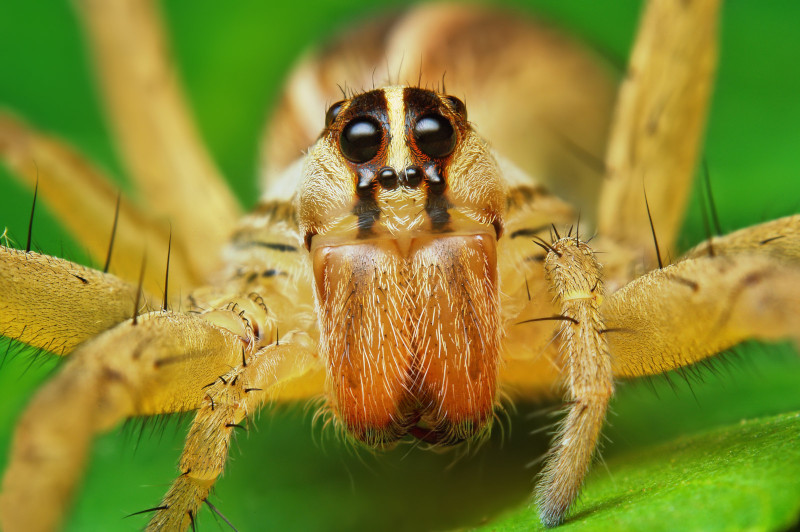
Rabid Wolf Spider Facts
- This highly evolved invertebrate remains best known by the extremely deceptive, yet admittedly attention-grabbing common name Rabid Wolf Spider. For the moment, however, the impressive creature holds no other broadly accepted general title.
- Despite the potentially alarming nature of that moniker, though, the arachnid does not carry rabies. That viral disease affects mammals exclusively. It’s a mistaken belief that this serves as the source of the tag. Rather, it’s derived from its other appellation.
- That’s because the Arthropod is perhaps better known within the scientific community by its technical designation. Thankfully, it’s a relatively simple one for the layperson to pronounce. It bears the coincidentally similar official honorific Rabidosa rabida.
- French scientist Baron Charles Athanase Walckenaer accomplished the first acknowledgment of it as a separate and distinct species. He achieved that feat in 1837. Yet, at that time, he assigned it a different name that the one it eventually received.
- For the moment, the amazing Rabid Wolf Spider appears to be maintaing a stable and thriving population base. That pleasant state further seems to hold true across its range. Accordingly, the IUCN currently has no listing for it on its published Red List.
- The marvel of Nature nevertheless still faces multiple potential threats to its continued existence. Like all species on earth today, most of these stem from the actions of mankind. These include, among others, habitat loss and ongoing climate change.
Related Articles
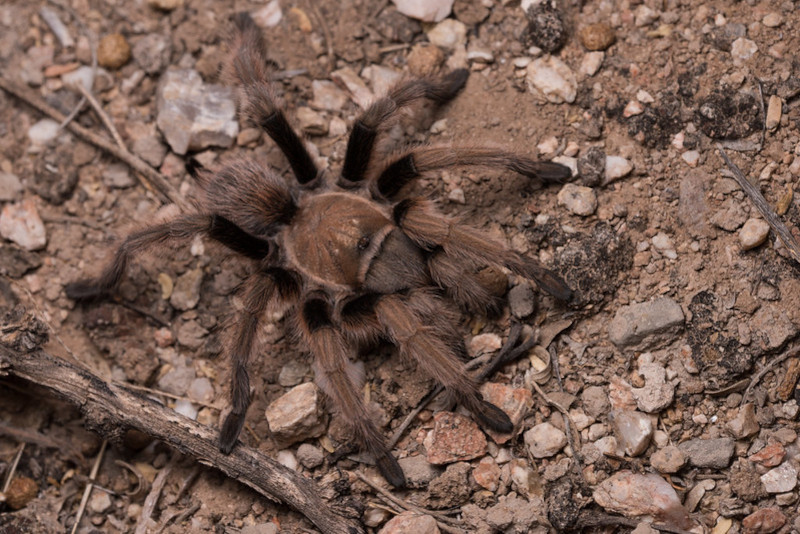
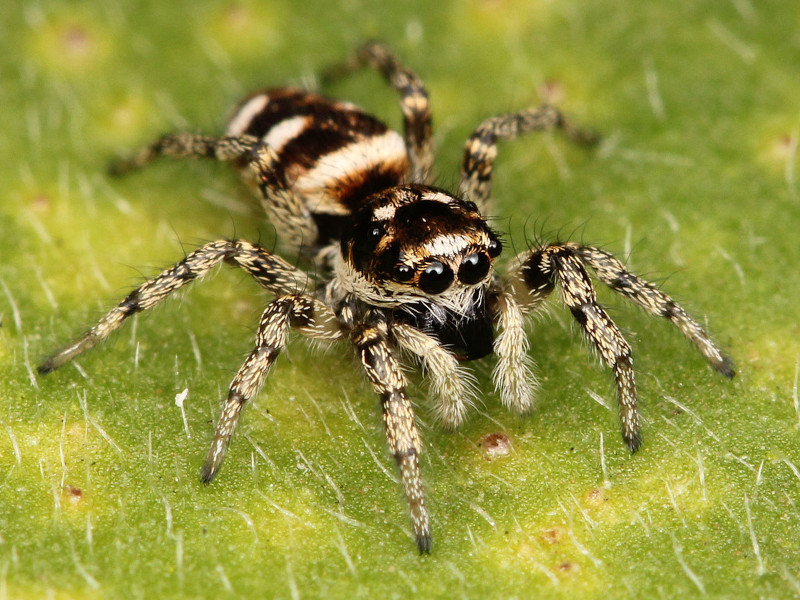
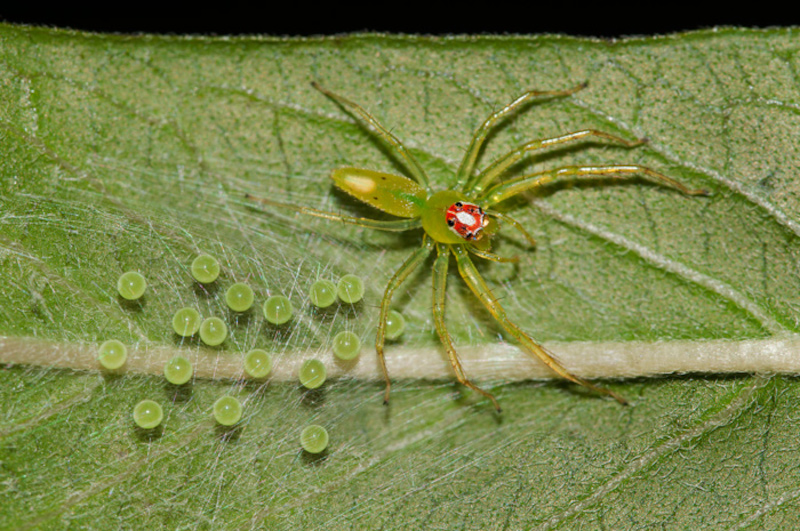
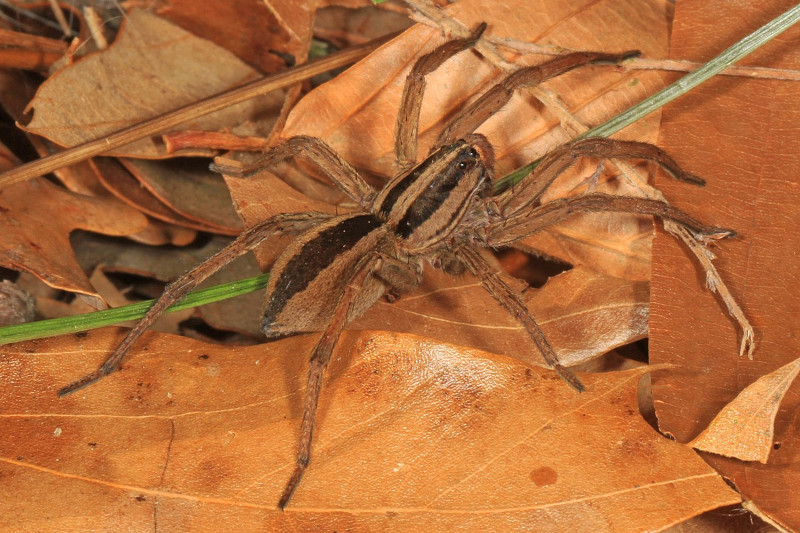
Rabid Wolf Spider Physical Description
The confusingly-named Rabid Wolf Spider typically receives the appropriate amount of appreciation from those who view it. It does so more due to its appearance than sheer size, however. That’s true since, in that particular regard, at least, it’s only approximately average.
The spider also follows a pattern frequently witnessed in its many kindred around the world where this aspect of its biology is concerned. That’s because the natural wonder displays a certain degree of the physiological characteristic of sexual dimorphism.
More precisely, females attain a larger average size than their male counterparts. That fact further applies to both body and legspan. Indeed, the difference is easily noticed. Exceptional examples of both genders do occur, of course, but only on very rare occasion.
In body length, the female generally measures between 0.63 – 0.83 in (1.6 – 2.1 cm). The shape also developed as elongated. In her case, the width averages about 0.22 – 0. 26 in (0.57 – 0.67 cm). Her long legs, though, provide a total legspan of 2.5 – 3.3 in (6.3 – 8.3 cm).
Males, meanwhile, remain significantly smaller in all dimensions. His body length averages a mere 0.39 – 0.51 in (0.99 – 1.3 cm). Similarly elongated, he also measures 0.14 – 0.19 in (0.36 – 0.48 cm) wide. His legspand, though, only equals roughly 1.57 – 1.97 in (3.99 – 5 cm).
Otherwise, both genders of the Rabid Wolf Spider present the same outward appearance. Color patterns consist of a background of light shades of brown. Augmenting this, though, is an alternating longitudinal pattern of darker and lighter stripes on the cephalothorax.
- Kingdom: Animalia
- Phylum: Arthropoda
- Class: Arachnida
- Order: Araneae
- Family: Lycosidae
- Genus: Rabidosa
- Species: R. rabida
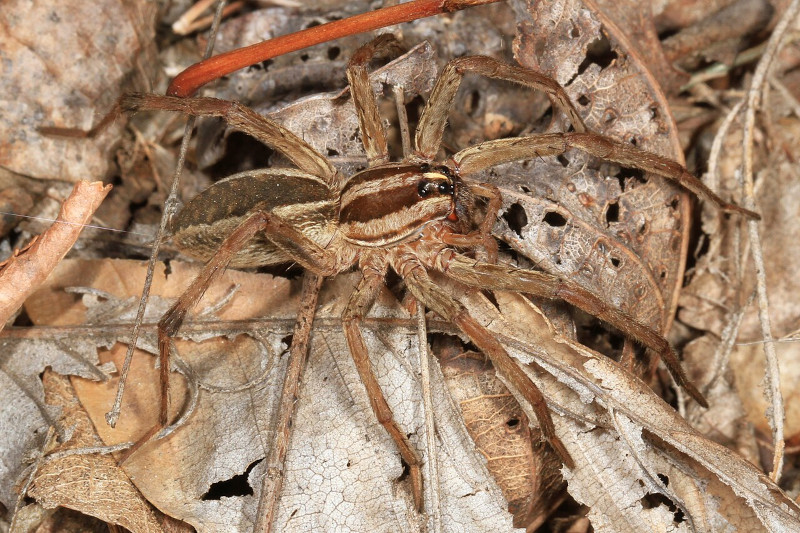
Rabid Wolf Spider Distribution, Habitat, and Ecology
The remarkable Rabid Wolf Spider evolved as endemic to a moderate expanse of the surface of the earth. It also did so in a region of the globe already well known for its abundance of natural wonders. The exact location of that zone of habitation might surprise some, though.
That’s true given the fact that the species developed as native to North America. Yet, even within this greater overall region, it only lives in a certain portion. The natural marvel appears north to south, from the approximate middle of the United States, to the east coast.
This intrepid creature also displays decidedly clear preferences regarding its choice of habitat. Evolution provided it with a strong original favoritism for wooded areas. With the advent of agriculture, however, it also developed a fondness for cotton fields and buildings.
In each of these locations, though, the spider generally makes its home in very specific places. This includes such settings as rubbish piles and litter, as well as under rocks and fallen leaves. It’s also frequently found in relatively close proximity to ponds.
Like its many relations across the globe, the Rabid Wolf Spider feeds as a carnivore. Its prey primarily consists of various species of small insects and other invertebrates. Commonly included among this fare are crickets, grasshoppers, ants, and even other spiders!
Unlike many others of its kind, it does not construct a web. Instead, it hunts as an ambush predator. It typically either lays in wait for its victims, or sometimes actively pursues them. Though it hunts at all times, the great majority of this activity occurs at night.
Species Sharing Its Range
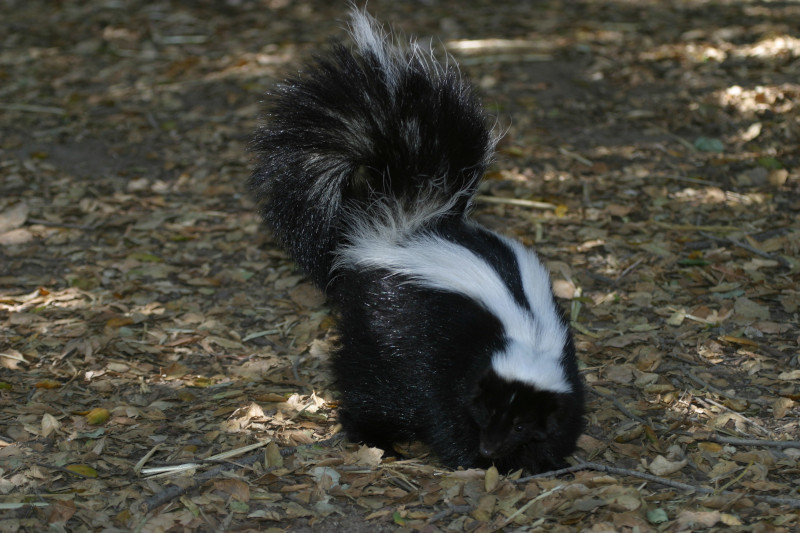
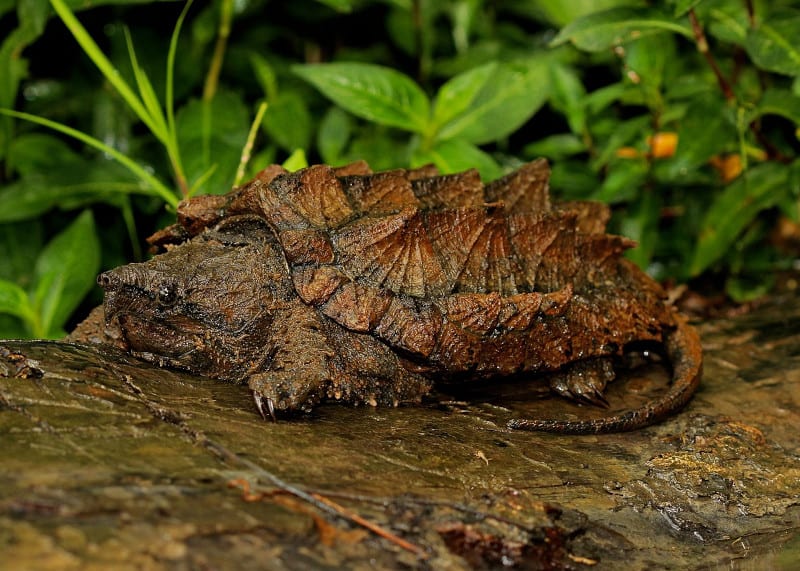

Check out our other articles on 5 Fabulous Animals of Cambodia, Eastern Gray Squirrel, Corsica, Indian Vulture, Snake’s Head Fritillary, Southern Stingray, Evening Cicada, Jamaican Iguana









Leave a Reply